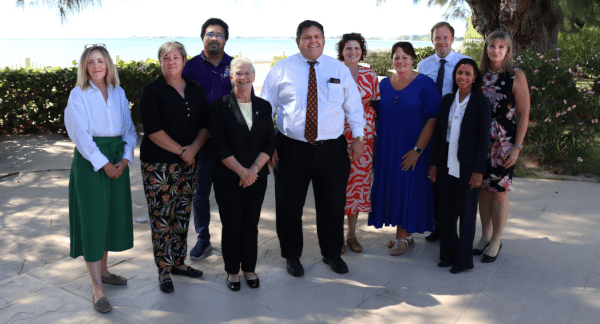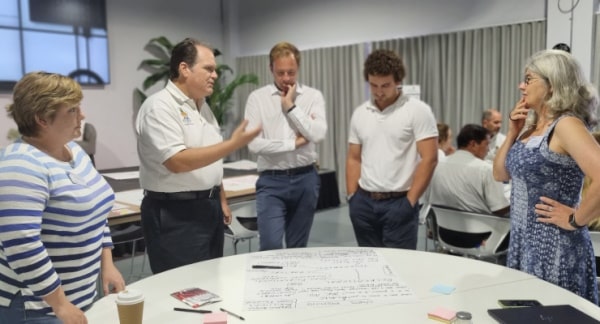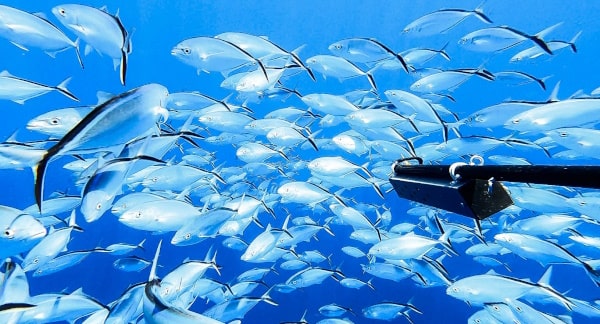[ad_1]
(CNS): The Cayman Islands’ marine environment and ecosystems have an estimated value of at least $1.1 billion, according to Premier Wane Panton, and becoming the latest British Overseas Territory to join the UK’s Blue Belt Programme will help expand the necessary conservation and protections in the face of climate change, which is predicted to exacerbate existing threats.
Given the scale of the threats from climate change, including warming oceans, sea level rise, pollution and coral disease, the assistance from this UK-based programme will help Cayman with expertise and resources.
Cayman became an official member of the Blue Belt following a workshop last week, and the programme support will include work to protect the wider pelagic marine environment. This will include conducting a comprehensive review of fishing activity in the region to help inform management strategies, developing satellite surveillance to support enforcement and explore
alternative surveillance tools in the region, and exploring options for enhanced management of offshore natural resources such as offshore marine parks.
David Rutley, the current UK minister with responsibility for the BOTs, said the Blue Belt Programme was one of the most successful and large-scale marine conservation initiatives in the world today. “The Cayman Islands are pioneers in protecting the environment, so this collaboration promises to be a gold standard in the sustainable management of our oceans,” he said.
Panton, who is the minister for sustainability and a long-time advocate for the environment, said Cayman had always been defined by its relationship with the sea. “Over the past 40 years, the Cayman Islands Government has worked to develop a comprehensive framework of legislation and policy aimed at safeguarding the sustainable future of our islands’ unique marine and terrestrial environments,” he said.
Even though some 48% of Cayman’s nearshore coastal waters are now protected, threats from invasive alien species and the impacts of global climate change, illegal fishing and pollution put the pelagic species and environments at risk.
“The Blue Belt Programme offers unique opportunities for the Cayman Islands to strengthen our governance and management frameworks, better understand and protect our marine biodiversity, manage human impacts on our marine areas, access compliance and enforcement assistance, and build capacity and ocean literacy,” Panton said.
“As part of global programmes like the Blue Belt, we protect not just Cayman’s future but the world’s future. Just as our seafaring ancestors were citizens of the world, our youth will be citizens of a more connected global economy and environment, and we must do all that we can to leave them a homeland at least as good as our ancestors left us.”
Cayman is the third BOT located in the Caribbean to join the Blue Belt Programme, following the Turks and Caicos Islands in 2022 and Anguilla in 2023. Other BOTs in the programme are Ascension Island, the British Antarctic Territory, the British Indian Ocean Territory, South Georgia and the South Sandwich Islands, the Pitcairn Islands, St Helena and Tristan da Cunha.
Currently, marine protected areas of the BOTs in the Blue Belt Programme cover over four million square kilometres, around 1% of the global ocean, making a major impact in safeguarding precious marine environments and resources, as well as helping to combat global ocean threats. The programme supports the UK Government’s commitment to ensure 30% of the world’s oceans are protected by 2030.
See Premier Wayne Panton’s welcome message to the Blue Belt Programme below:
[ad_2]
Source link




